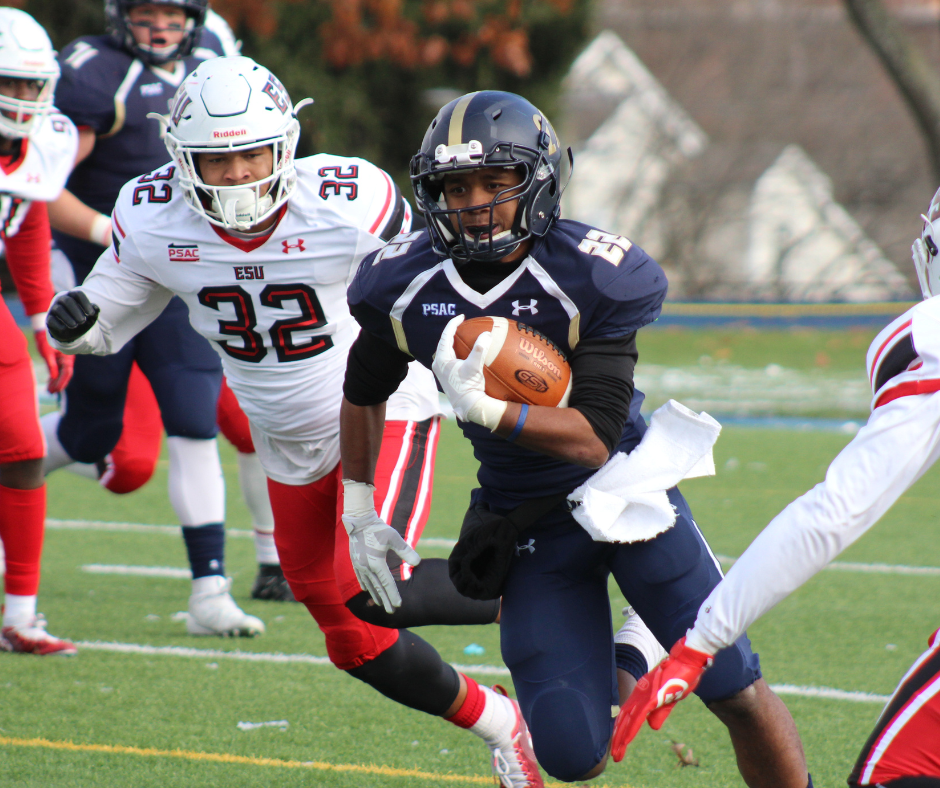SHOALS PRIMARY CARE ARTICLES
Who Has More Risks For Concussions?

First things first, concussion is a type of traumatic brain injury categorized as a “mild” brain injury because concussions are usually not life-threatening. In general all tests and images are normal. It is not a structural injury but a functional injury, and the effects of a concussion can be serious.
A recent study showed that concussions constitute 8.9% of high school athletic injuries and 5.8% of collegiate athletic injuries. Meaning that if we round these numbers, almost 1 out of 10 injuries that happens playing sports in high school, and 1 out of 16 injuries in college kids is a concussion.
With this high incidence and potential for significant problems is very important to identify risk factors.
History of concussion, multiple studies has shown a history if prior concussion as a risk factor for subsequent concussion. In high school athletes, a greater than-twofold increase in concussion rate was seen even when adjusting for sport contact level, grade and body mass index. This association was strongest for football. Non-professional rugby has similar findings. For college athletes there is 3 times higher risk of repeat concussion with a history of 3 or more concussions.
Sports, it is hard to compare owing to varied methods for calculating incidence; however, several findings are evident. For individual sports boxing has the highest incidence compared to martial arts. Collision team sports (football, ice hockey, rugby) have the highest rates of concussion in men at multiple levels of competition. For women, soccer consistently has the highest risk. Wrestling, men’s soccer, basketball and lacrosse also put scholastic athletes at risk for concussion. In most sports, the rate of concussion is significantly higher in games than practice.
Positions, appears that football linebackers, defensive backs and offensive linemen, soccer goalkeepers, defensive field players; and rugby midfield backs sustain more concussions than other positions.
Age, is still unclear but there are some evidence that a younger age is associated with an increased risk of concussion.
Sex, female sex confers an increased risk of concussion. This is suggested by most of the studies when sports are examined where men and women’s games are similar (including soccer and basketball); female’s athletes have a higher risk.
Migraines, there are a lot of unanswered questions here, but appears that migraine is associated with an increased risk of sport-related concussion.
Genetics, little evidence exists for the role of family history and genetics as risk factors for concussion. There are multiple studies going on the implication of the APOE gene.
Equipment, football helmets reduce the acceleration of the head from collisions and decrease severe head injuries, but the rate and severity of concussion are not affected. Similarly, ice hockey helmets decrease severe head injuries but not concussion rate. Headgear in rugby shows mixed results without conclusive evidence for a protective effect on concussion. Mouth guards in multiple sports and face shields in ice hockey decrease dental and orofacial injuries but have no effects on concussion risk.

